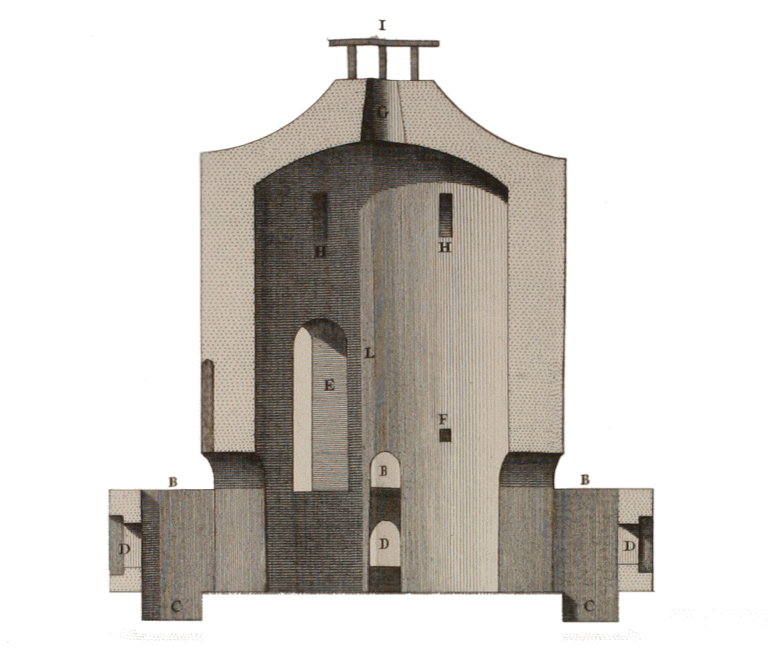Porcelain is fired so that the body can retain its shape and become non-porous.
The kilns were build with a special geometry made for the most effective firing of the pieces. When the porcelain pieces were in the kiln, they were put inside large clay vases which protected them from direct contact with flames.

Meissen hard-paste porcelain was only fired once, at higher temperatures, to seal everything together.Soft-paste porcelain, however, was fired twice at lower temperatures and this 1st firing was known as Biscuit. Cooked before the addition of glaze, at this point the porcelain had a matte look.

The trick to know if the porcelains were ready for glazing was to, once in a while, take little pieces out of the oven, let them cool and them put them on the tongue: if they were sticky, it meant the biscuit was well cooked and ready for glazing.
The differences in temperature between hard and soft-paste porcelain allowed different ranges of decoration colors.